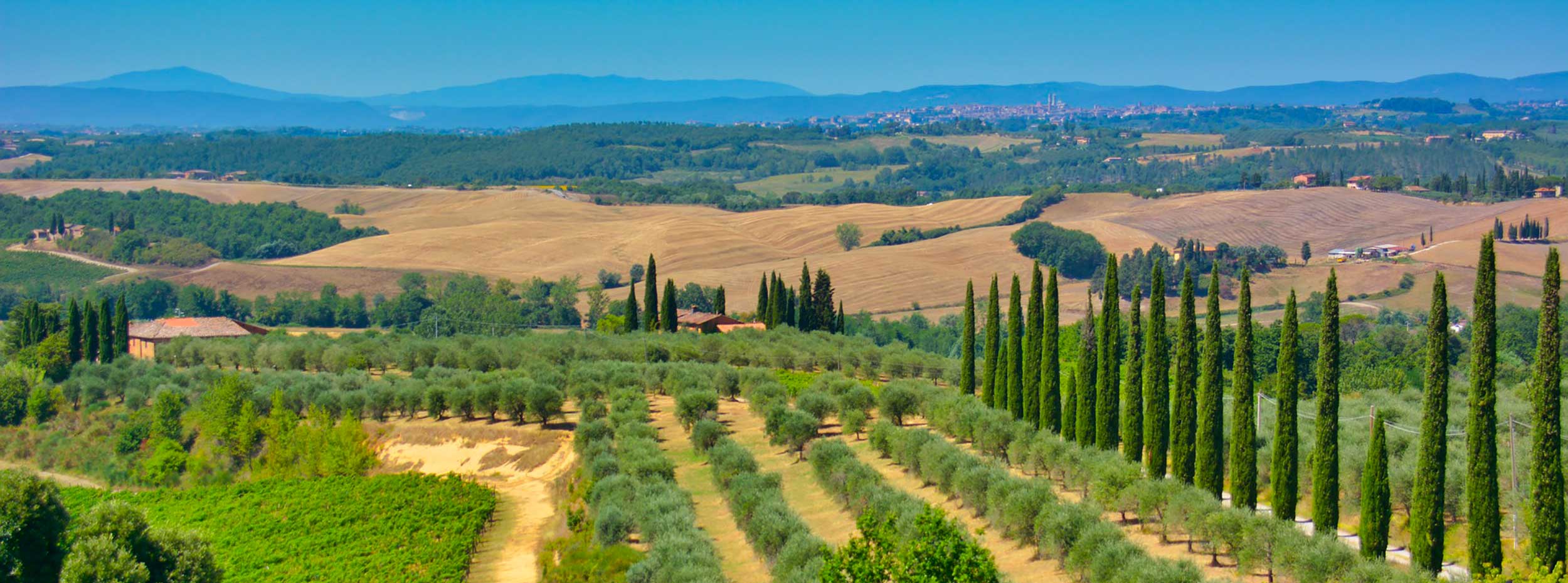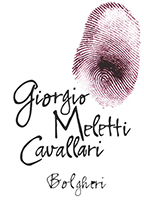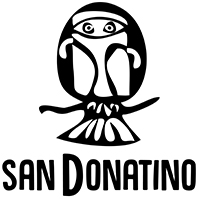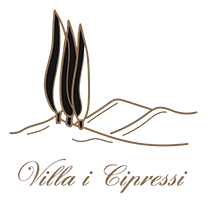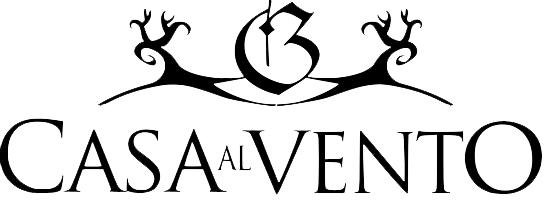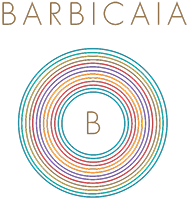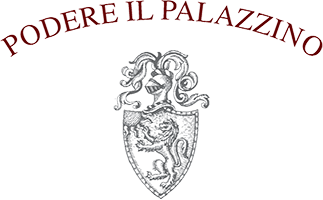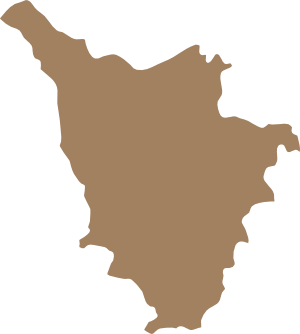
Tuscany
Tuscany vies with Piedmont for the laurels of the best red wine region of Italy. Best known for its Chianti, Tuscany boasts a complex spectrum of red wines ranging from Brunello di Montalcino - one of the world’s most engaging and longest lived wines - to excellent everyday wines from lesser known appellations which will reward the consumer with fine quality at very affordable prices.
Common to all red wines of Tuscany is the ubiquitous Sangiovese varietal. As will be clarified by the estate descriptions that follow, the Sangiovese grape is present in all red wines in percentages running from 65% to 100%. This remarkable and versatile varietal will yield - according to the area, appellation, cru and exposure in which it is grown, and to the percentages in which it is used along with other varietals - an array of stunningly diverse fine wines. An ample oenological portfolio that ranges from wines of great elegance and aristocratic suppleness, to wines of rich gracefulness and engratiating bouquets - each with specific characteristics for which one may successfully search. When in the 60’s mass replanting was encouraged and subsidized, no effort was made at the time towards clonal selection. Luckily, from the 1990s onwards, many high quality clonal selections have been planted throughout the region. The estates which I represent are in the forefront of clonal experimentation, their wines recapturing the wealth of flavours and intensity of the past with the added know-how of modern winemaking.
Although Tuscany as a whole has remarkable soils and climates which allow for decent wine to be made almost anywhere below prohibitive altitudes, just decent wine simply leaves me rather unsatisfied. To find, make and release great wines is, and always has been, my goal. As such the great crus and climates of Tuscany are of the essence, for these are the small and rare geophysical loci which nature has gifted with the choicest soils and microclimates with respect to grape growing. Italy has never given its crus a formal status of recognition, but winemakers and growers alike know them only too well: they are too important in winemaking to be neglected. Finally, as crucial as the clones and the crus is the actual estate which produces the wines - for the experience, will and imagination of the winemaker are what will exalt the superior qualities of the great raw material into its finest expression: the great wine.
At the beginning of the 1960s and 1970s, when the DOC and DOCG classifications were established, crop allowances were permitted to be too high and enforced varietal standardization had virtually destroyed nearly one hundred autochthonous varieties that abounded less than a century ago. Today the production regulations have been revised and, although foreign varietals including international grapes are allowed in the blends, many estates, and the ones which are part of our portfolio in particular, are experimenting with and recovering autochthonous varietals and clones from old vineyards such as Foglia Tonda, Pugnitello, Canaiolo Nero, Colorino, Ciliegiolo and many others.
Our aim has always been and is to really and fearlessly express terroir in the multifaceted panorama of Tuscany. For example, what can Sangiovese do in a few crus of Carmignano or of Montepulciano? And believe me, it is unspeakably exciting, and it shoulders you with pride and awe when, sipping a wine from a barrel, along with the novel flavours you feel a little, but precious drop of wine truth is being re-established.

